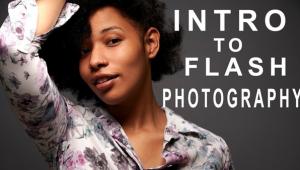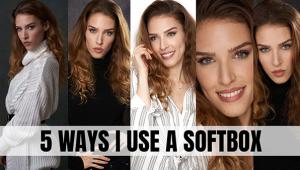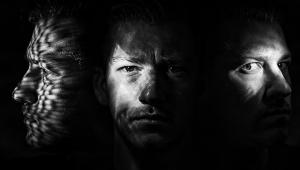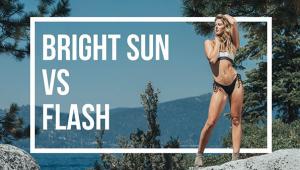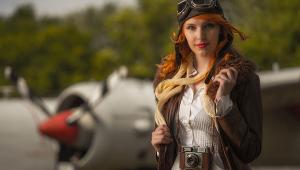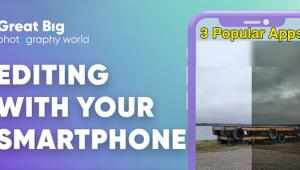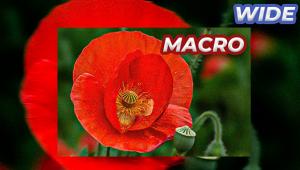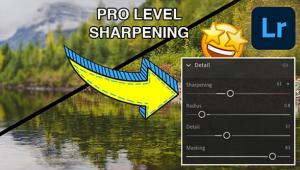Bright Ideas: How Alexis Cuarezma Creates Dramatic Images Through Clever Lighting Setups
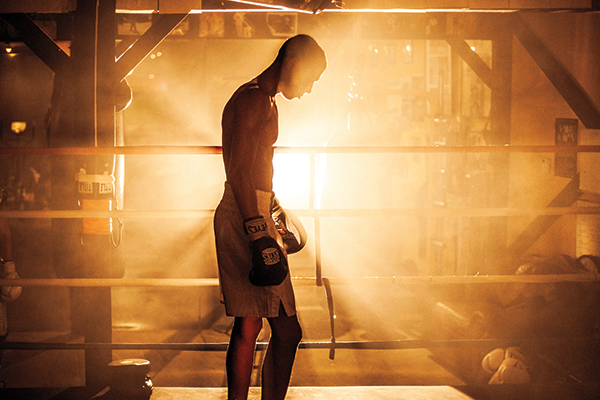
All Photos © Alexis Cuarezma
The imaginative, dramatic photographs of Alexis Cuarezma showcase the skills of an imaginative master of dramatic lighting.
Naturally, he doesn’t see it that way. Well, the “master” part, anyway.
“Realistically I don’t think I’m really good with lighting—or at least I tell myself that,” he says. “I’ll have an idea, and I’ll draw a diagram. I’ll do a test for a test, even before I have a client. I’m always practicing, because the second I think I’m really good at something…” Cuarezma, who’s never short on words, doesn’t finish the sentence. Eventually he gets to it: “Being comfortable is a bad place to be.”
And so Cuarezma has always worked hard at his craft. He studied art, graphic design, and photography. He learned how light worked, “learned how to see,” then pretty much took control of his own education. “I had a lighting class, but they set the lights up and you’d come in and shoot. I don’t think you really start to learn until you set up the lights yourself.” So he bought three strobe heads and a ring flash and practiced.
Today he’s an in-demand creator of powerful on-location and in-studio portraiture who frequently focuses on athletes. “The reason I ended up doing sports was the people I had access to were my little brother and sister—my brother was in Little League, my sister played basketball—and I photographed them.”
He finds it relatively easy to establish rapport with athletes because there’s little mystery to what motivates them. “A football player wants to win the Super Bowl; a basketball player, the NBA championship. Once you’re at a certain level, the goal is clear: win the championship.”


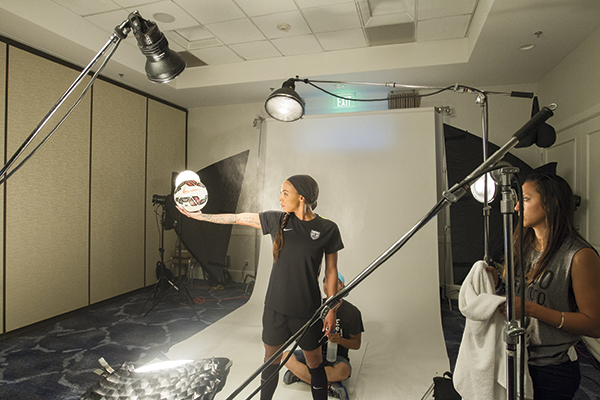
Speedy Lights
In Cuarezma’s world, the clock speeds up, and his practice and “test for a test” sessions are necessary to keep pace.
“I was supposed to have 15 minutes with Clint Dempsey for a Sports Illustrated cover shot,” he says. “The session ended after four minutes. When I photographed the U.S. men’s Olympic swimmers, I had one minute with each player. With Ryan Lochte for a personal shoot, only 39 seconds. My shoot of Floyd Mayweather for HBO lasted only 30 seconds. But I shoot with zoom lenses so I can go from a three-quarter to a tight headshot really quick, so I got eight or nine shots of Mayweather.”
Then there’s the unexpected. “When I shot the women’s World Cup team, we calculated all the amps that could be handled by the hotel’s breakers. Abby Wambach comes in and two minutes into shooting a breaker blows and three of my lights go out. I can’t stop the shoot, but it was a nine-light setup and I could go with the other light groups. My crew had the math right—the hotel gave them the wrong information.”
Recently, on a personal project, a breaker in the gym blew, and Cuarezma had to make the shots work with one light and lots of dramatic shadows.
Practice. Draw a diagram. Test for a test. Don’t get comfortable.


The Setups
Working on location—say, in a dance studio or a boxing gym—Cuarezma will set one bare light, see where the shadows fall, then start adding lights and modifiers to get the mood he wants.
In a studio environment, if the client wants a lot of looks in not a lot of time, Cuarezma’s going to have eight or 10 lights, in groups, ready to go. If the call is for only a shot or two, the setup is simpler.
For really elaborate shots, the sky’s the limit. “If I have an idea, no matter how ridiculous it is—if it involves 20 lights and a helicopter, whatever—I write down a wish list of everything I absolutely need to make it work. I always start with that, and you’ll be amazed at how efficient your mind can be. You realize, Oh, I have a friend that has these lights, I can borrow them. Or, I can rent those lights.”
Lights are key, but so is its modification and direction. “Modifiers are huge,” he says, but they don’t have to be elaborate or even high tech. “My favorite reflectors are insulation boards from Home Depot—foam boards, around two feet by four feet, about four or five bucks, silver on one side, white on the other. The silver side is my favorite sun reflector. Get one of those, get a friend to hold it and a subject to shoot, and see how many ways it’ll affect the light.
“I once had to photograph a model at sunset, outdoors, and had only a speedlight on my Canon. I got a board at Home Depot and bounced the light for a softer look. Done. You’ll be surprised at the big difference a board reflector makes in making your pictures go from regular to better. Start there and keep going. Be resourceful. As a photographer light is your best friend, and if you really want to learn lighting, you will.”
In Cuarezma’s images, light, whether natural, strobe, or constant, announces itself. It sets the mood and showcases the subject. Light is a presence; it’s there to catch your attention, and Cuarezma works hard to achieve that goal.
Eventually you get to it: Alexis Cuarezma is much like the athletes he photographs, though it’s not likely any one picture is going to be his championship ring.
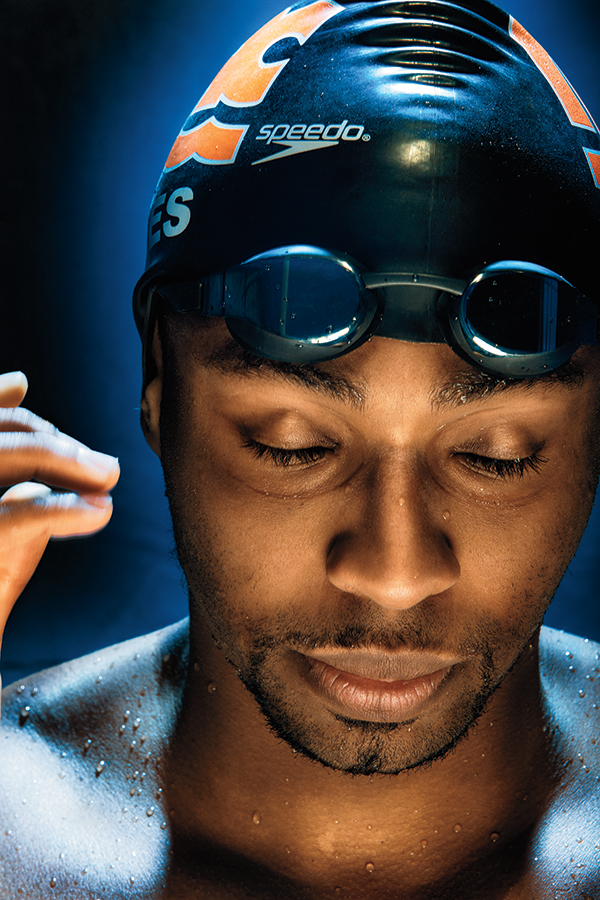


What’s In Cuarezma’s Gear Box
» Canon EOS 5DS with an EF 24-105mm f/4L IS USM lens
» Hasselblad CFV-50c with an HC 3.5-4.5/50-110mm lens
» Profoto B1 500 monolights
» Profoto D1 500 monolights
» Profoto B4 packs
» Profoto Pro-B Plus flash heads with disc reflectors
» Profoto narrow beam reflectors with 10-degree grids
» Profoto white beauty dish with diffusion sock
» 36x48 Chimera medium softbox
» Profoto Speed Ring for the Chimera softbox
» Profoto 1x4 softbox
» Profoto snoot
» Octagon softbox
» 1600-watt Joker Bug, 800-watt Jo-Leko HMI lights
» Medium umbrellas
» PocketWizard MultiMax, Plus III Transceiver units
An array of Alexis Cuarezma’s images is on view at his website, alexiscuarezma.com. You’ll also find a fascinating behind-the-scenes lighting video.
- Log in or register to post comments


